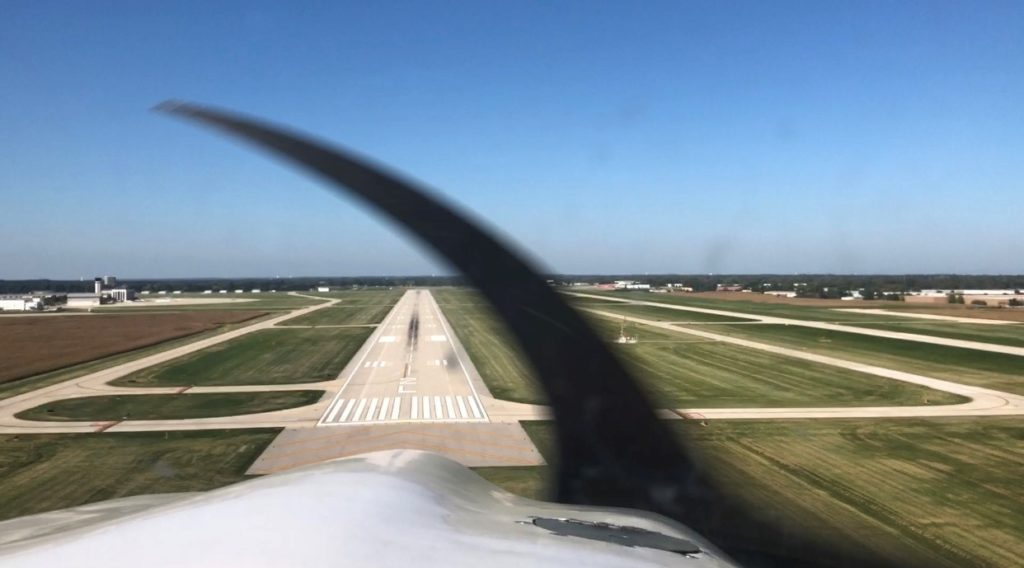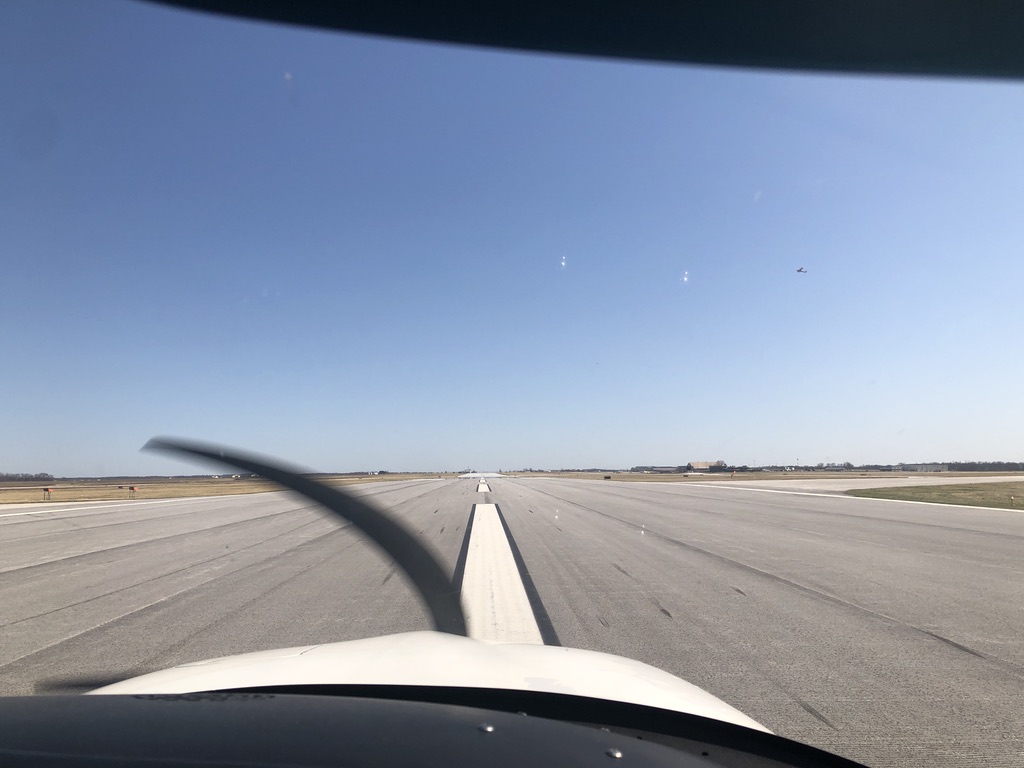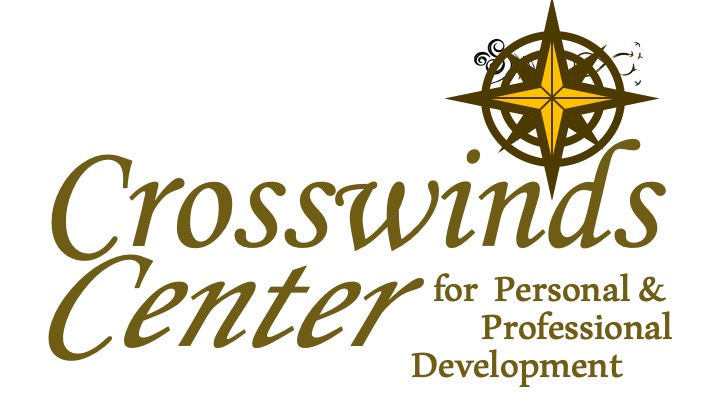
As one may discern about me, I am a commercial pilot and absolutely love aviation. In addition to the thrill and challenges, I find that there are many lessons about life to be learned from it. When I reflect on hundreds of hours of flight and instruction, I recall points where the learning curve was a lot like drinking from a fire hose. For me, it is not hard at all to name the hardest part of flight training for me: managing crosswind landings.
For this to make sense, I need to explain something. When taking off or landing an aircraft, you typically do so into the wind for a variety of reasons you can ask me to explain another time. However, the winds rarely run straight down the runway. If you break the wind into force vectors, some amount of wind would push on the nose of the plane (we call that “headwind component”) and some would be pushing on the side of the plane (called “crosswind component”). For the pilot landing an aircraft, this creates a challenge. In order to come straight on into the runway, the pilot must angle the plane into the wind. That’s not so hard or a big deal, but it means that while the flight path may be lined up properly to land the aircraft is not itself pointed straight down the runway. In order to address this, the pilot at some point must use the rudder to line the actual aircraft up. This can feel all wrong because as winds get stronger the aircraft will tilt to one side such that one main gear will touch, then the other, then finally the nose gear (if you do it right).
So the pilot has to manage the speed of the aircraft, the rate at which it is descending, the direction it’s flying, the direction it’s pointing, and then transitioning the aircraft to a landing attitude (called “flaring”) all while they are coming toward the runway at 60-90 miles an hour (depending on the plane). Did I mention the pilot has to be listening to the radio, watching to see if things have come onto the runway that should not be there, and praying to God that the gear is down all at the same time (we check that a lot)?
There’s a lot going on there. Crosswind landings were by far the hardest things for me to master. My instructor spent a lot of time with me doing various exercises to get this right. He was kind and patient with me. Today, I barely think about it because all of that I just described is now automatic (yay brains and their automaticity!).
This is why our practice is named Crosswinds Center for Personal and Professional Development (or Crosswinds Center): because we are sitting with you as you strive to overcome the some of the hardest things that you have ever faced. It is rare that people come to us when things are going well – they are plagued by unmanageable depression or anxiety; they are haunted by the ghosts of a traumatic past that rob them of a peaceful mind and healthy relationships; or they are standing on the edge of everything they know as security has crumbled underneath them.

So what are some of the things that we can learn from crosswind landings? Plenty.
First, things rarely go perfectly. Using the landing as a metaphor for our goals, we rarely will get the opportunity to address them without any complications. Instead, we can expect that we will have to make at least some adjustments in order to get where we want to go.
Second, achieving those goals may bring many challenges that will require practice, coordination, and “doing it badly” for a while before you’re able to get there. We often having many moving parts that all must be coordinated just right to achieve our ends, and that does not happen without practice and more than a few hard bounces.
Third, sometimes we have so much to learn and practice that we cannot have our goal right now. When landing an aircraft, there are two limitations on managing crosswinds. The first of these that relates to this point is that sometimes our skill level is not where it needs to be. We can get there, but we have so much work to do that we must find some intermediate goals that move us closer but are not yet our goal.
Finally, the last limitation on crosswind landings is that the aircraft just can’t take you there. The winds are SO strong that the airplane simply cannot land there. We have to change our plans, which could include a different runway at the same airport or a different airport that’s not quite where we want to be right now. Such as it is with our growth and what we wish we could do now – sometimes our skill and our circumstances conspire to keep us from achieving our goal today. We simply might have to change our circumstances.
In summary, thinking about what it takes for the pilot to manage various crosswind situations provides an analogy for how we overcome (or adjust, or pivot, or learn to live with… any of these might be true) some of our most troubling challenges.
